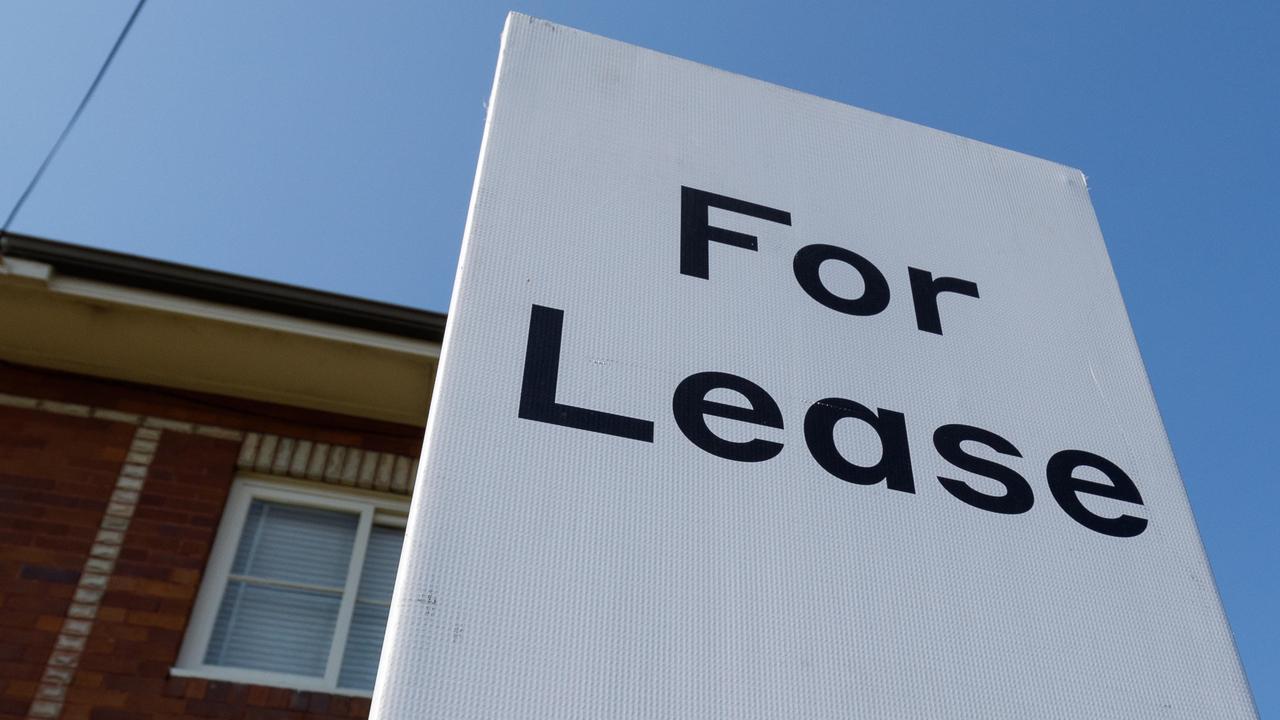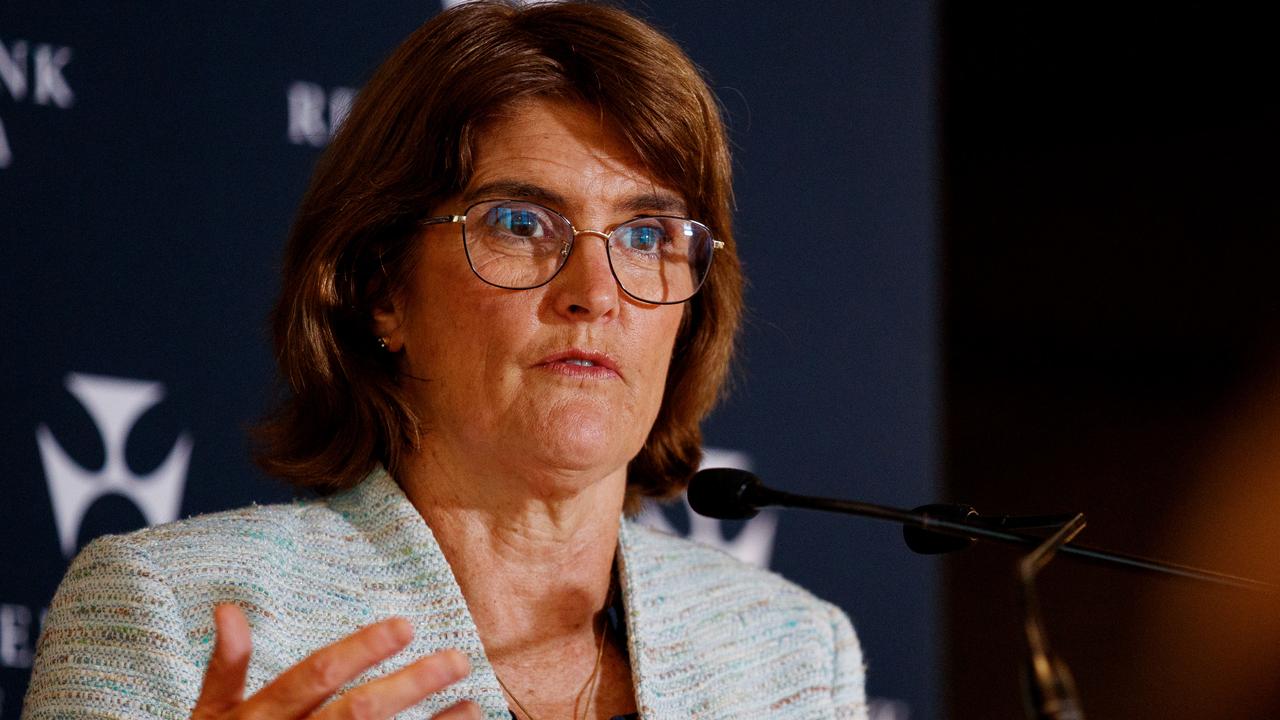Can Australia afford more refugees?
THE government will take on extra refugees from war torn Syria, but with the national finances not in the healthiest state, can we really afford to support them?
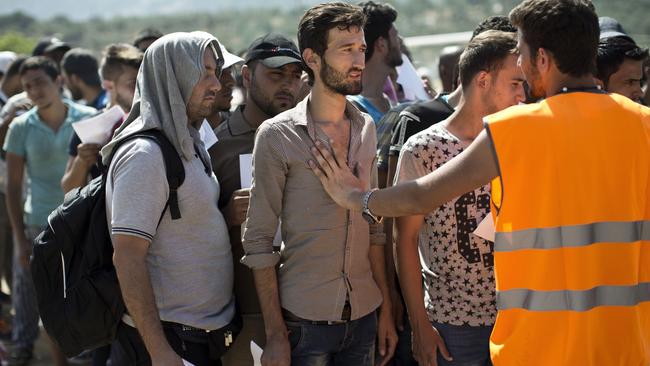
A LEADING public policy expert has welcomed the announcement by the Federal Government that Australia will accept an additional 12,000 Syrian refugees in response to the unfolding crisis in Europe.
Peter McDonald, professor of demography at the Australian National University’s Crawford School of Public Policy, said the Syrian refugees would likely speak better English and be more highly skilled than regular humanitarian migrants.
Overall net migration to Australia in recent years has been between 200,000 and 300,000 per annum. Professor McDonald pointed out that 12,000 is a small number in that context.
Modelling carried out by the Crawford School of Public Policy puts the suggested net migration at between 160,000 and 200,000 per annum.
“Australia has been running a bit above that over the last four or five years, and it doesn’t seem to have caused any great difficulties,” he said.
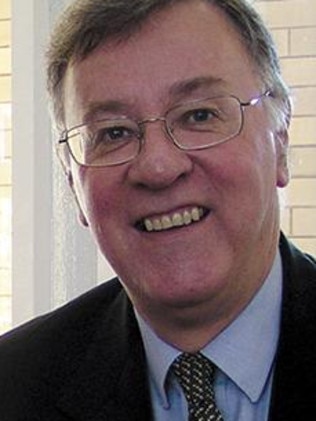
Between 2009 and 2014, the Australian economy added 800,000 new jobs — 600,000 of those went to immigrants who came in during that period, according to Professor McDonald.
“The reason is there’s no domestic growth in the labour force. If Australian employment is going to grow in the future, there are very few sources of growth other than migrants.”
Traditionally, migrants on humanitarian visas struggle to find work, with the vast majority remaining on Centrelink benefits even five years after arrival.
A 2011 report released by the Department of Immigration and Citizenship found humanitarian migrant households were far more likely to receive Centrelink payments than other migrant streams.
It found that around 85 per cent of refugee households received Centrelink payments, compared with around 28 per cent of skilled migrants’ households. Even after five years, this figure was still above 80 per cent.
DIAC found that just under one quarter of refugees were employed, compared with 43.5 per cent of family and 77.2 per cent of skilled visa holders. However, refugees reported a much higher rate of involvement in education and training.
Afghan refugees had the poorest employment outcomes of any group, with just 9 per cent in work five years after settlement, and nearly 94 per cent of households still receiving Centrelink payments. The best outcomes were enjoyed by Sierra Leonens, with 56.3 per cent employment.
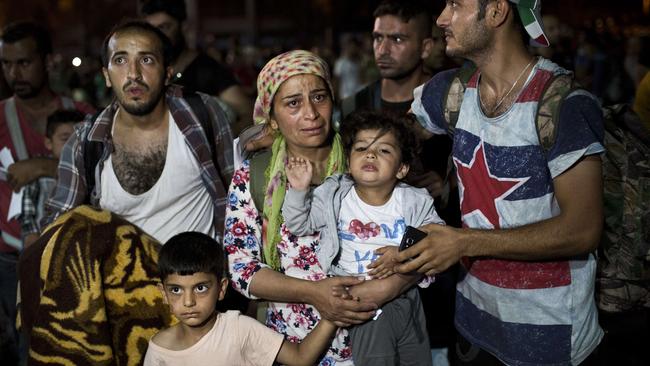
“In general, refugees do have fairly poor outcomes,” Professor McDonald said. “They have much lower skills and poorer English. But in the case of the Syrians that may not be the case. Due to the size of the refugee movement, a lot of them have better English and are more highly-skilled.”
There may potentially be demand for lower-skilled Syrian workers in regional areas, working in agriculture and small-scale manufacturing, he said.
A recent study of a refugee community in country Victoria found the benefit to the town had been in the order of $41 million. Nhill, which has taken in more than 160 Karen refugees from Burma since early 2010, is held up as the model for successful refugee resettlement.
Crucially, the report highlights stable employment — in the case of Nhill, with the local duck producer Luv-a-Duck — as the most important factor.
“When local people see newcomers as contributing to the local community and economy this generates acceptance and respect,” the report by AMES and Deloitte Access Economics found.
New figures released last week by the Australian Bureau of Statistics suggested humanitarian migrants were “more entrepreneurial” than those on skilled visas.
Migrants generated $38 billion in total income in 2009-10, according to the ABS. Almost two thirds (63 per cent) of migrant taxpayers were skilled, 28 per cent were family migrants, and 4 per cent were humanitarian.
Despite skilled visa holders reporting $26 billion in income, humanitarian migrants reported a higher proportion of income from their own unincorporated businesses, and this income increased sharply after five years of residency.
In other words, the ABS is saying that given the opportunity to “have a go”, as Joe Hockey would say, refugees do it better.
Professor McDonald questioned the ABS’, reasoning, however, describing it as “slightly misleading.”
“The skilled migration program is directed more towards employees, because most of them coming in on 457 visas are sponsored by employers — by definition they don’t start their own business.
“Where refugees come in without employment they’re more likely to own their own small business. There’s a selection effect [in the data].”


